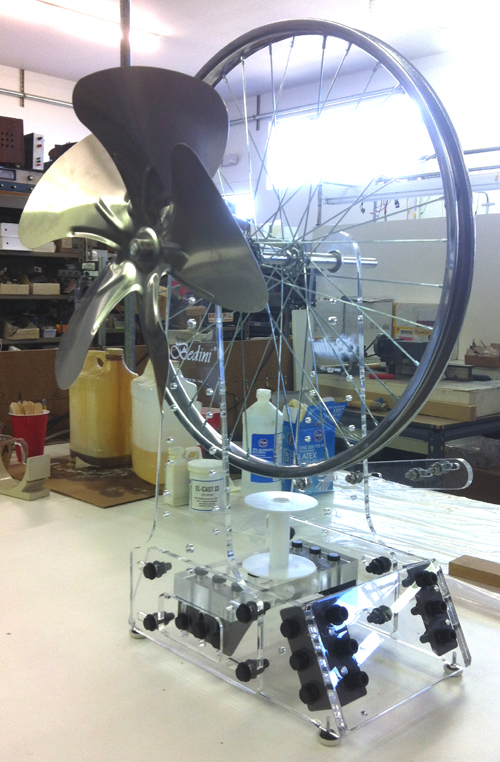
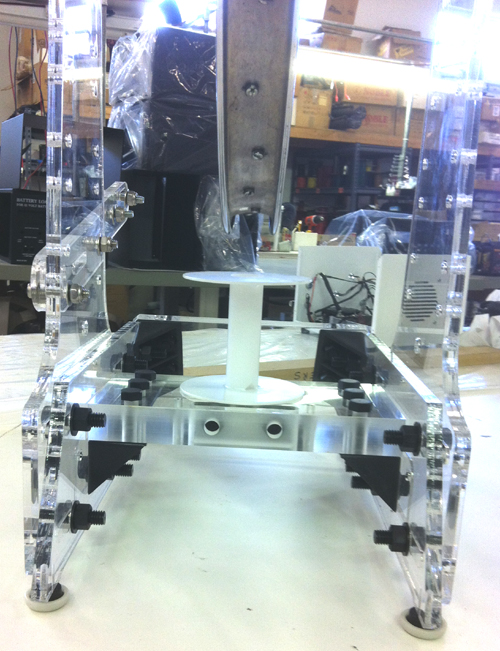

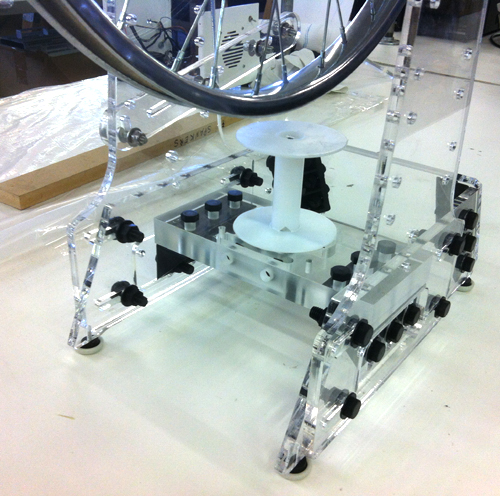
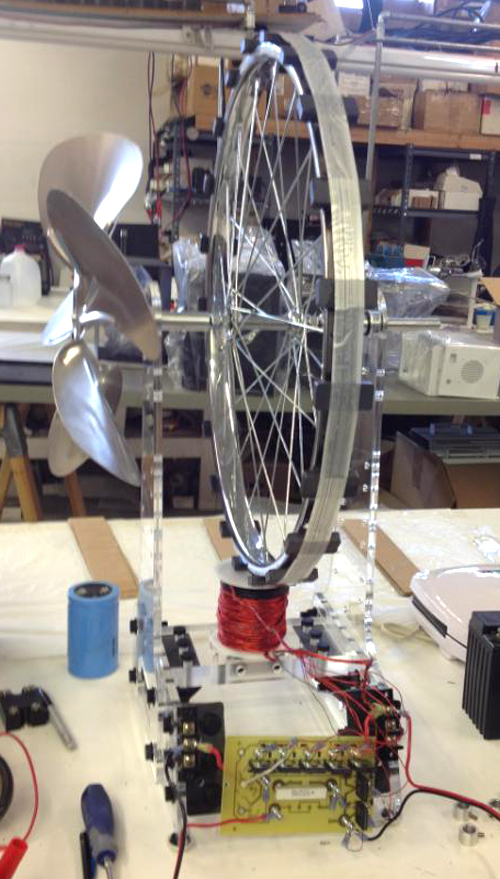
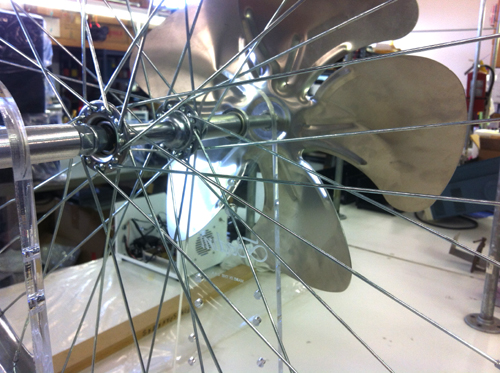
YOURS WILL BE POTTED IN A BOX – ALL YOU HAVE TO DO IS CONNECT THE WIRES TO THE RIGHT CONNECTIONS
Based on John Bedini’s classic bicycle wheel Energizer, this kit is authorized by John Bedini. John designed the circuit himself to make sure that it is built correctly and will perform the same as his. All circuits are tested before they are shipped.
What’s included…
High quality laser cut adjustable plastic frame that comes partially assembled. Each one has its own unique serial number with the Bedini logo engraved.
20″ diameter steel bicycle wheel with axle extensions and bearings. This allows the entire shaft to rotate for the purpose of connecting a fan, switches, etc…
Aluminum fan blade that you can attach to the shaft. This gives the shaft a real load demonstrating that real mechanical work is performed while moving air.
Batteries not included.
Shipping weight is 30 pounds.
Shipping dimensions are 18 x 18 x 18 inches.
|
Bedini SG Bicycle Wheel Kit$877
USPS PARCEL MAIL $37 USPS PRIORITY MAIL $77 SHIPPING TO USA |
TOTAL $914 or TOTAL $954 Depending on shipping |
|
Bedini SG Bicycle Wheel Kit$877
USPS PRIORITY MAIL $97 SHIPPING TO CANADA |
TOTAL $974 |
|
Bedini SG Bicycle Wheel Kit $877 USPS PRIORITY MAIL $250 SHIPPING TO INT’L |
TOTAL $1127 |
ALL SALES ARE FINAL – NO REFUNDS
THESE KITS ARE TEMPORARILY UNAVAILABLE
PLEASE JOIN OUR MAILING LIST TO RECEIVE
NOTICE WHEN THEY’RE AVAILABLE AGAIN
